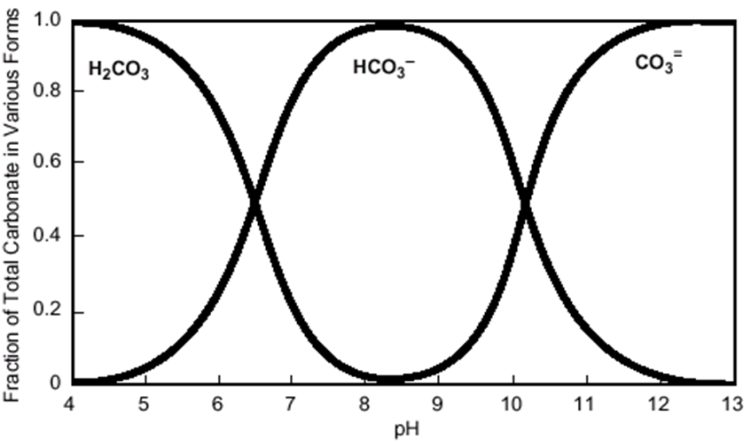Challenge:
Contamination of the drilling fluid system can come from any one of the following sources: materials coming from the formation, thermal degradation of organics in mud, or aeration or overtreatment at the surface. Generally, water-based fluid systems, when compared to non-aqueous fluid systems, are the most susceptible to contamination. Conventional water-based fluids viscosified with bentonite clay are generally more susceptible than high-performance water-based fluids.
Changes in fluid properties indicate contamination. In an ideal drilling fluid system, assuming that the condition of the hole is stable, the drilling fluid properties such as density, viscosity, and filtration should not change during the drilling operation. However, in practice, this never occurs. In the field, some drilling fluid properties eventually change even if the conditions of the hole are stable.
Different contaminants have different effects and consequences:
- Drilled solids, the most common contaminants in drilling fluids, are indicated by an increase in rheologies and quantified by the MBT.
- Anhydrite and Gypsum are non-hydrated and hydrated CaSO4. The calcium ions solubilize into the drilling fluid, flocculating clays in the system.
- Cement also releases calcium ions into the drilling fluid. Drilling wells requires drilling cement after each casing or liner is set.
- Salt water flows and salt formations, which include salt domes, salt stringers, massive complex evaporites, flocculate the system, lower the pH, and alters the fluid properties.
- Carbonates and bicarbonates flocculate reactive solids. Sources on contamination include CO2 (from formation, formation water, aeration at surface), overtreatment with bicarb and soda ash (for gyp or cement), thermal degradation of organic additives, and contaminated barite or bentonite. The proportion of carbonates to bicarbonates is a function of pH. Contamination is indicated by Mf increasing faster than Pf, yield point (YP) increasing, and progressive gel strength
- Hydrogen sulfide (H2S) is lethal when inhaled. It is indicated by a decrease in pH and changes in fluid properties. Maintaining a high pH converts H2S to sulfides, which are solubilized. However, another influx of sour gas can lower the pH and revert the sulfides to H2S. Over time, sulfides corrode the drill pipe causing sulfide stress cracking.
Solutions:
In conventional water-based fluids, the necessary treatment to minimize and avoid drilling problems begins with identification and quantification of contamination. Table 1A (Contamination Chart) in Software for Analysis of Drilling Fluid Contamination describes fluid property changes for each contamination type. The drilling fluids engineer uses mechanical, chemical, and methodological means to treat contamination.
Mechanical:
- Alterating the solids control and mixing equipment for improved drill solids removal, reduced aeration
Chemical:
- Treating out excess calcium with bicarb and soda ash. Treating out carbonates and bicarbonates with lime and gyp.
- Removing the sulfides or H2S with zinc compounds or other scavengers.
- Maintaining the integrity of cuttings with shale inhibitors for maximum solids removal at the shaker screens.
Methodological:
- Preventing or controlling hole enlargement while drilling through salt by increasing salt concentration to saturation or just below saturation.
- Improving quality control
- Converting or displacing to an alternate fluid system (salt-tolerant, clay-free, thermally stable, etc)
Mitigating the effects of contaminants through the use of high-performance water-based fluids is a viable option with modern fluid technology. Newpark’s Evolution high-performance water-based system is designed to resist contaminants. The system is clay-free, which reduces the amount of reactive solids in solution, and increases tolerance to CO2 (carbonates/bicarbonates) and calcium (cement, gypsum, etc). The system relies on a set of polymeric viscosifiers with varying contamination resistance and thermal stability.
Tailoring the Evolution system to the anticipated contaminants with new and improved products creates the versatile and unique solutions for once challenging wells. A large variety of new product choices make these new systems capable of being formulated to each well’s distinctive challenges.
Software for Analysis of Drilling Fluid Contamination: The very application of drilling fluid makes it a natural target for contaminants, be they from surface or downhole sources. Procedures to neutralize contaminants or mitigate their effects must necessarily begin with identification and quantification. Precise identification of a contaminant in a water-based drilling fluid requires a thorough analysis of the physical, rheological and chemical properties of the fluid and an understanding of trends and changes in those properties.

